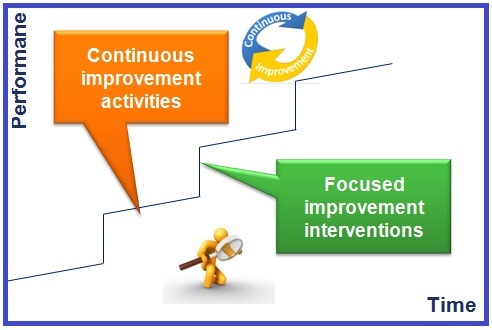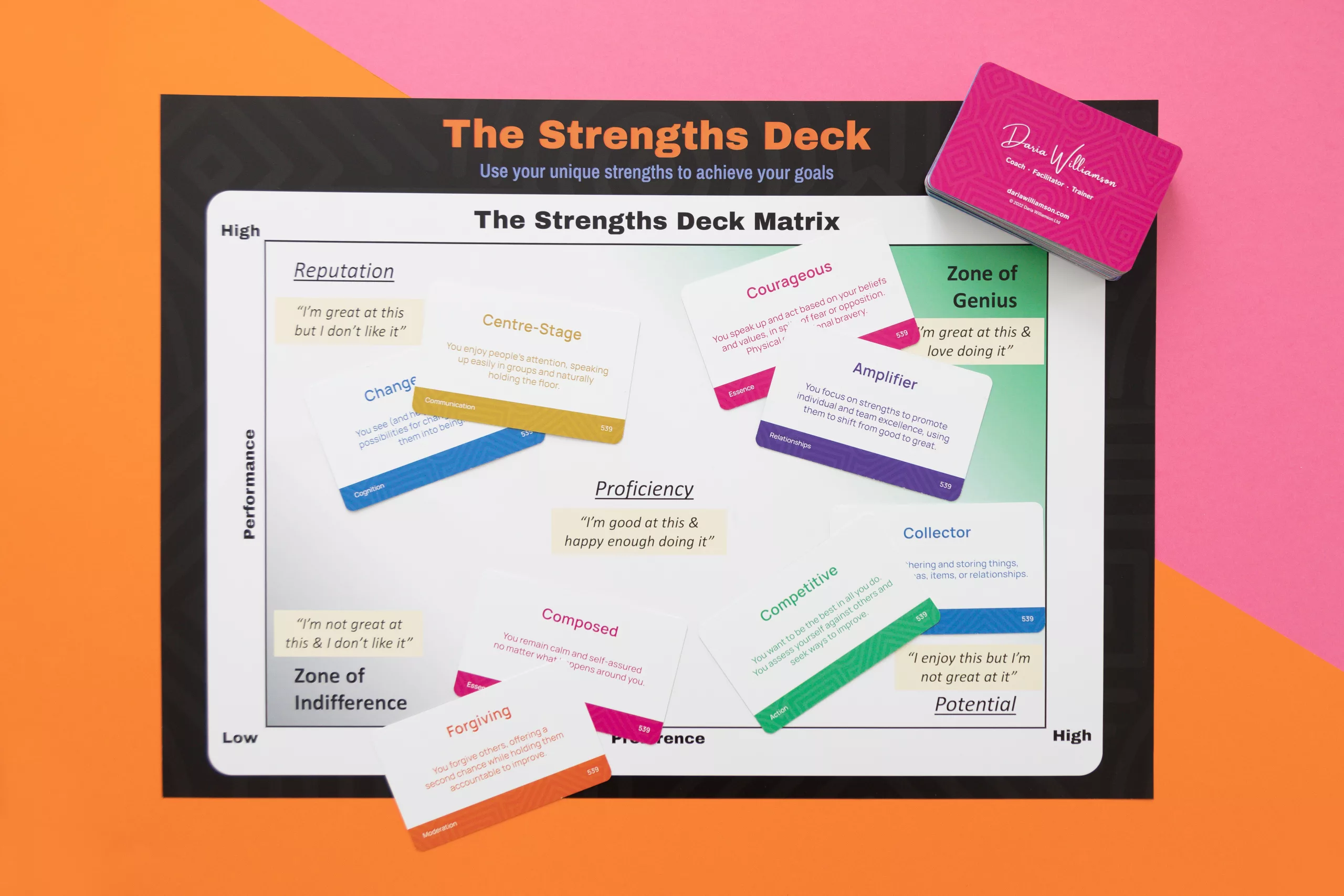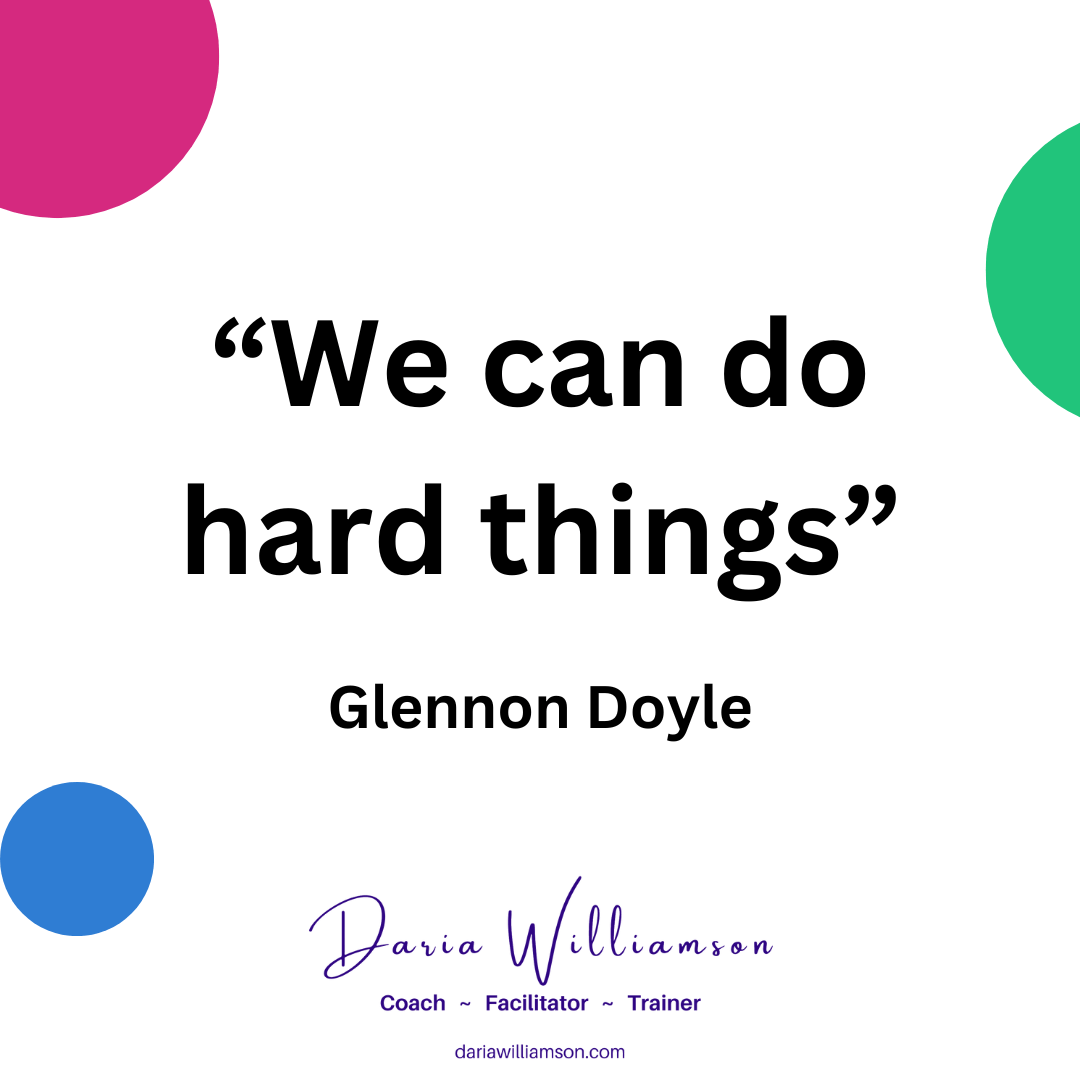My entire philosophy is based on two core beliefs: that change is possible, and that we can always be a little bit better today than we were yesterday. These beliefs underpin the concept of continuous improvement. In this article, I explain why continuous improvement is so important, and how we can apply it to our work.
What is continuous improvement?
Continuous improvement goes by a number of different names and processes, such as:
- Lean thinking
- Kaizen
- Plan Do Check Act (PDCA)
- Define, Measure, Analyse, Improve, Control (DMAIC)
- Process improvement
As Jessie Potter (not Henry Ford!) said, “If you do what you’ve always done, you’ll get what you’ve always got”. Unless we find different and better ways to do things, we’ll only ever be as good as we are now.
Continuous improvement is not about discarding the old ways of doing things simply because they are old. Instead, it’s about being curious enough to ask “How much better could we be?” and “What is one thing could we change right now to make us better today than we were yesterday?”.
Why is it important?
It’s easy to rest on your laurels when things are going well – you’ve got good results, happy customers, and functional processes.
But, as time goes by and our external environment changes, our results drop off, customers get antsy, and processes stop working as well as they used to. It’s a very human thing to pretend that this is “just a blip”. But if we don’t take a new approach, we end up drifting a long way from where we want to be. And it’s a hard road to get back to a good place.
Continuous improvement can help us prevent the downward spiral from ever starting. It helps us make changes before they are needed. We look for adjustments that will lift performance, deepen employee and customer engagement, and deliver excellence. It seems counter-intuitive, but you can usually achieve these improvements with easier-to-follow processes, at the same or lower cost.
Big leaps or small steps?
If you’ve stuck your head in the sand until now, you might need a big leap to a new approach. Making these sorts of “step-change” improvements comes under the banner of focused improvement. You take this approach when you need big improvements (and therefore big changes) in a short period.
Meanwhile, continuous improvement is based on the idea of proactive, small changes over time, accumulating into significant improvements.

Example of applying a continuous improvement approach to a work process
Continuous improvement efforts often start with fixing “pinch points” in work processes. A pinch point is an area where information, products or customers get “stuck” and can’t easily move forward to the next step, or where mistakes are made that affect the outcome of the process. This can create delays, frustration, under- or over-production, lost sales, and poor customer service reputation.
Think about a work process that you’re familiar with, and write a list of all the possible pinch points in the process. Then rate them in order of size/impact. Starting with the biggest one, come up with a list of potential changes that might fix the pinch point.
Pick one change and run an experiment with it. If it helps, make that change permanent and pick another one to try. If it doesn’t help, stop the experiment and pick a different change. You’ve just completed a Plan-Do-Check-Act (PDCA) cycle!
Keep going with your list of potential changes and the PDCA cycle until the pinch point is resolved or you run out of options.
Then take the next process you want to tackle, rinse and repeat. Before you know it, you’ll have implemented sustainable continuous improvements that will deliver results for years to come.
How can I help?
If you’re interested in talking about how I can help your organisation establish a culture of continuous improvement, jump over to my Bookings page to schedule your free, no-obligation discovery call, or send me an email.
Resources
- Continuous improvement – American Society for Quality
- Lean Six Sigma & Business Performance – Process Excellence Network






2 thoughts on “Continuous improvement”
As always thank you for great article
Pingback: Why we need to ditch certainty and embrace uncertainty ~ Daria Williamson
Comments are closed.